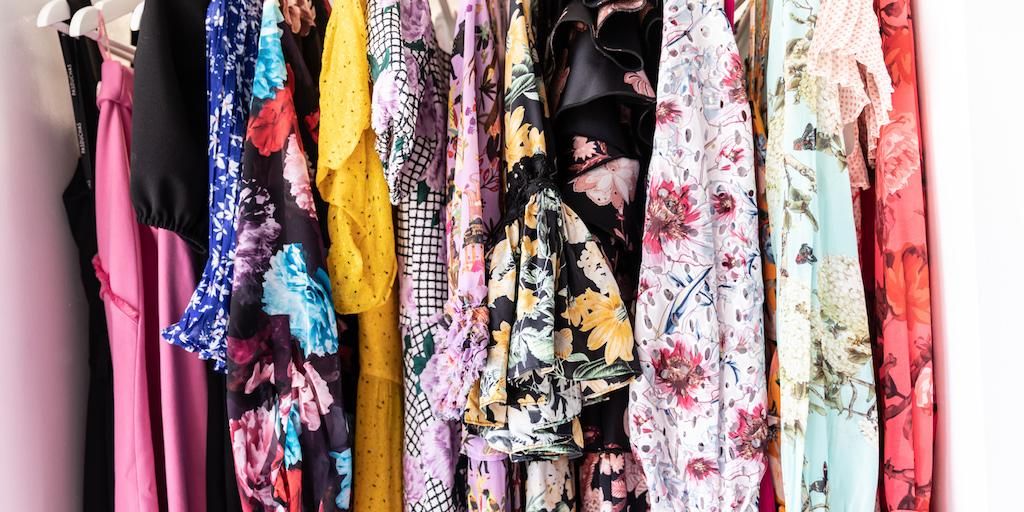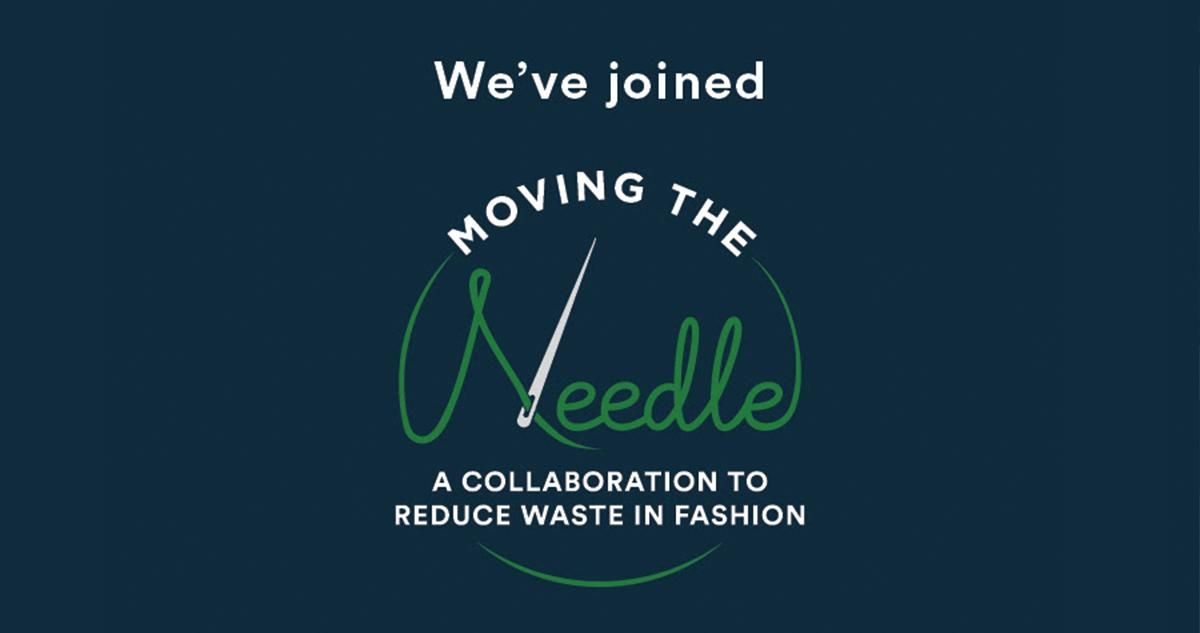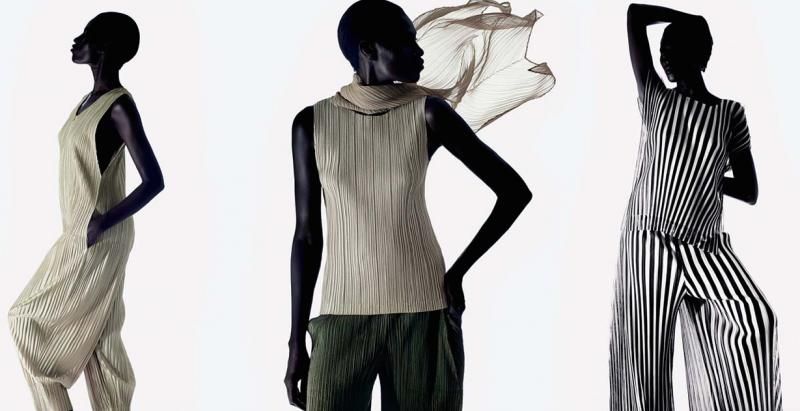
What better way to understand what we wear, if we don’t wear it? Clothes mean nothing until someone lives in them, quotes Marc Jacobs. Just a couple of fabrics sewn together with pieces of thread. If you think about it, clothes are another corner of our human expression. Minus the speaking part, how we live day-to-day through body language, words and facial expressions, the way we dress informs how others perceive us and how we perceive and communicate to the world. We are the canvas and materials are our paint of self-expression. Whether we button up a pair of denim jeans, or zip on a satin dress, we start to embody the characteristics and values of each other. Giving our garments not one life, but a second, third and fourth life too. Clothing speaks. And the two most dominant voices are cotton and polyester fibres.
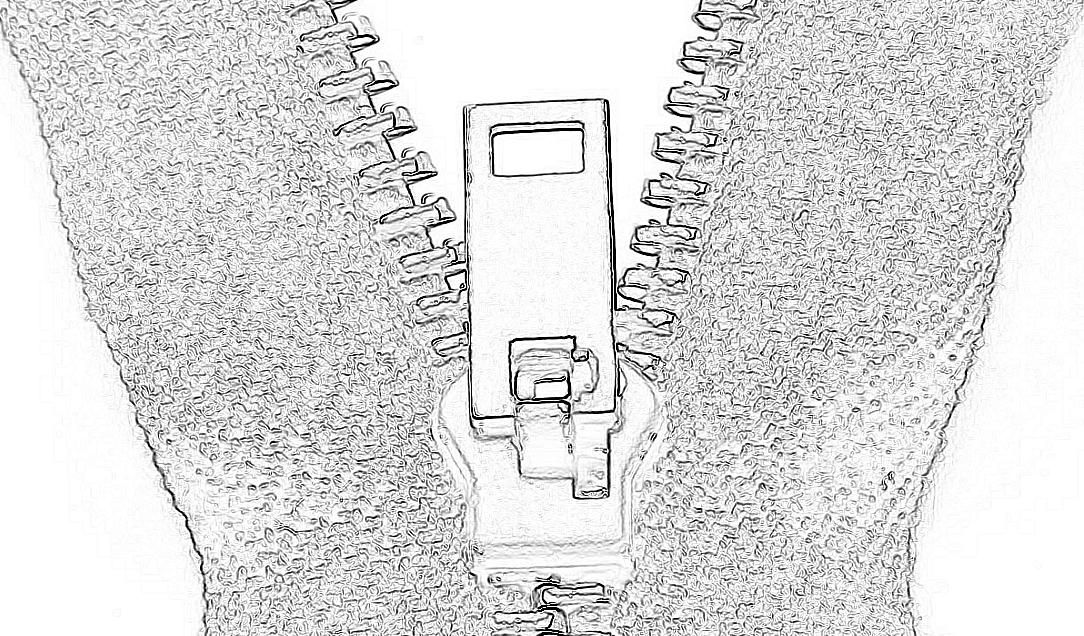
By habit though when we shop, the first thing that comes to mind is the figures – not how a garment will make us feel and what it’s made of. How much does this dress cost? How many items do I need to buy in order to get a special deal? Is there a discount? Fast forward, we’ve got 4 shirts in our closets. And they all look the similar. Chances are however, there are some digits that hardly come to mind. Think 2,700 litres of water. It equals the average amount we would drink over 900 days, 40 showers worth and the amount it takes to create 1 cotton t-shirt. Pretty shocking right? This 1 cotton t-shirt goes towards the 80 billion pieces of clothing that are made every year, worldwide.
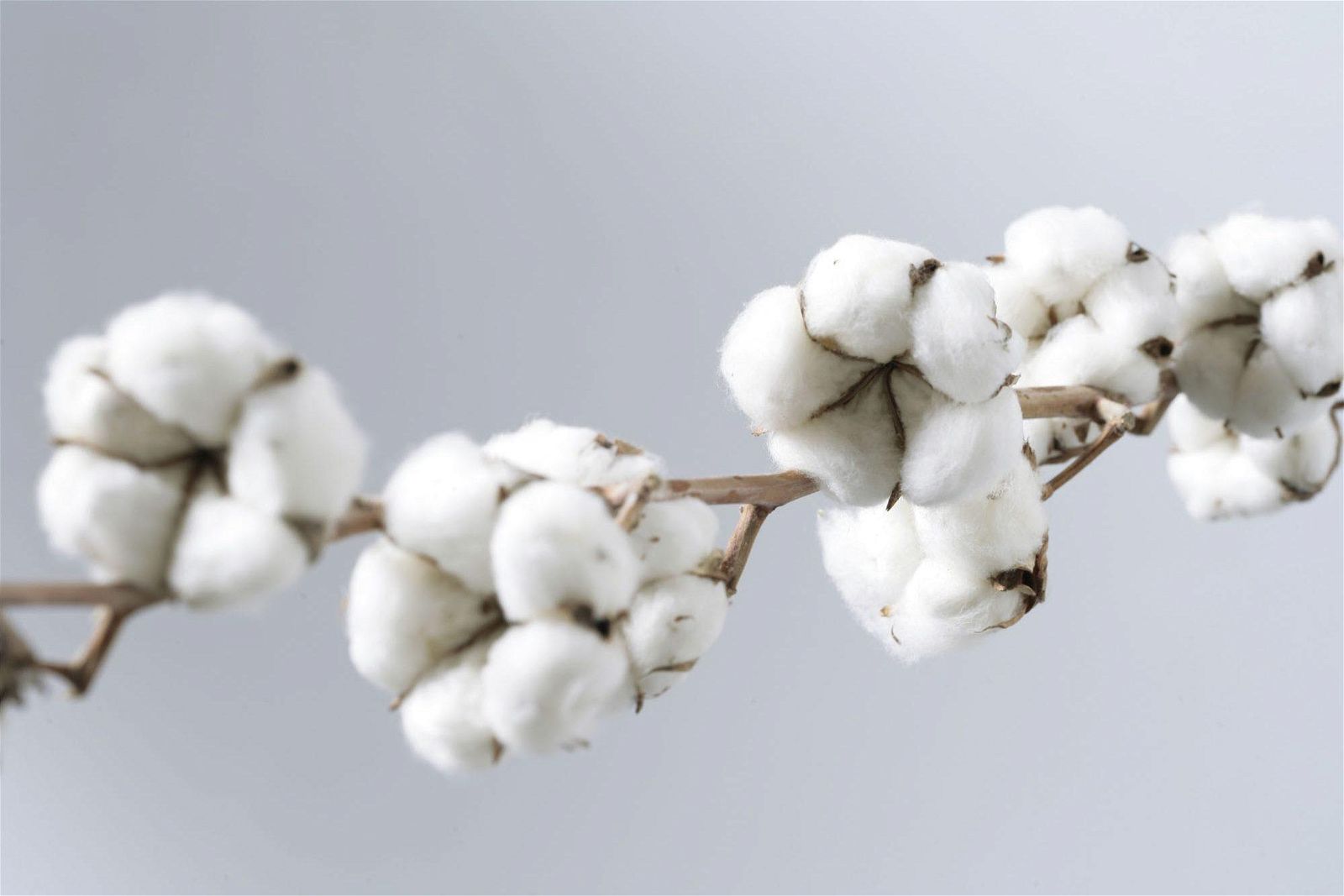
King cotton’s reign to end?
Cotton. It accounts for more than ⅓ of the world’s textiles and clothes. The World Count records that if 29 million tonnes of cotton is produced a year, its equivalent to 29 t-shirts per person on Earth! Can you imagine just how many t-shirts reside in our city, country, globally and on this planet right now? I’ll let you do the rest of the math. Cotton is produced by ‘nature’s best’. It’s breathable, soft, biodegradable and pure, it’s image nurtured by its longstanding reputation in the fashion industry. From our cottons and linens in plant-based materials, to wool (sheep) and silk (silkworms) from animal-based materials. Together over the past 7,000 years, they have supplied the vegetables and proteins of our wardrobe.
Part of cotton’s family also includes natural fibres like silk, cashmere and wool, whose strengths all play differently in different weather climates. You might however only bring these out for your more dressier occasions, and you’re not alone there! 58% of young adults aged 16-24 years would see to wear it once or twice every season as well(1)Source: The Guardian, Sustainable Fashion: Textile Innovation – Live Chat, 9 May 2013. The reason being, is that we tend to classify these fibres more as ‘investment pieces’ and items that are ‘made to last’ due to their finer, delicate nature, higher price range and shorter active lifetimes. Also, it might perhaps have to do with consumers wanting to avoid early garment failure, as colour loss, shrinking and pilling are all characteristics of the cotton fabric. We are a species largely driven by fit, comfort and usability, which all influence the level of emotional attachment we feel towards an item of clothing. If is an old favourite, I’ll wear it again… one day.
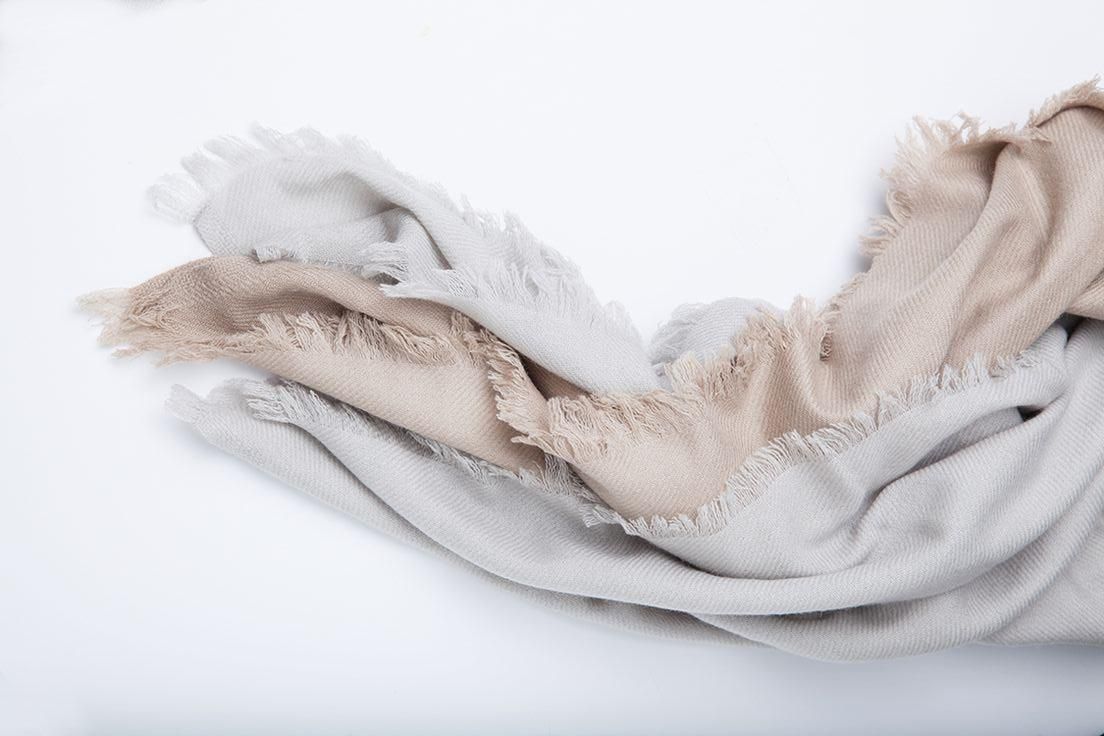
Clothes not only affect our emotions, but our choices and actions too. What they don’t want you to know is that from the scale in which we cultivate cotton, environmental issues are significant. In fact, cotton is one of the most taxing materials in our wardrobes. From utilising enormous amounts of pesticides and water for harvest, to employing child labour in strenuous, chemically infused conditions, makes it a definite threat to biodiversity if nothing is done soon. So how do we translate this knowledge into practice? The missing link here is defining a sustainable fabric once it leaves the shop. Awareness is the first step. So hopefully we’ve helped you become a little bit more familiar with this fabric property. Also, read the tags. The more you know. The good news here is that brands like Target and institutions including the London College of Fashion and the Fairtrade Foundation have formed part of a project called Cotton 2040.
Read Also: The Sustainable Revolution - A War on Fashion Waste

What they do is pretty fascinating. With an aim to change, they work to bridge farmers, the environment and textile industry so that more sustainable organic cotton (and practices) are mainstreamed into the market. Hats off to this collaborative initiative for driving continuous improvements into the future. Organic cotton. It can save lives.

Fashion’s new frontier
Why do you wear THAT jacket and not THAT one? Why do we shun certain styles?
More and more, the fashion industry has been wrestling with the same questions. Polyester. It was considered as one of fashion’s dirtiest words you could say. Since its conception in the Forties, its associations with being a man-made polymer tags it as being synthetic, non-biodegradable and using a large amount of energy in its manufacturing, whilst emitting CO2 emissions. Alongside its brother and sister, nylon and acrylic, synthetic materials are created through an industrial process of transforming petroleum, a fossil fuel, into fibres. The resulting end product is actually plastic. Long-lasting, durable and it holds its shape. Those plastic bottles we drink from? Yep, that’s polyester in its next evolutionary cycle. Fashion really can be one of the most impactful Circular Economies.

Yet, time holds the ability to heal wounds. Although it was ridiculed as tacky, scratchy and having a pungent smell in recent fashion history where John Water’s 1981 film ‘Polyester’ showered a mistress character with clothes made of ‘the finest polyester’, it now accounts for being the material property in approx. 60% of our garments sold(2)Source: The Guardian, Fashion in New Bid to be Truly Sustainable, 9 April 2017. Making it the most in-demand, readily affordable textile of this decade. Does it come as much of a surprise though? Fabrics with this origin in science and technology offer a diversity and versatility to fashioning new designs. More and more designers are jumping on this bandwagon as a result. Check out Japanese designer Issey Miyake’s 1993 Pleats Please collection for instance. He built it on this fashion revolution.
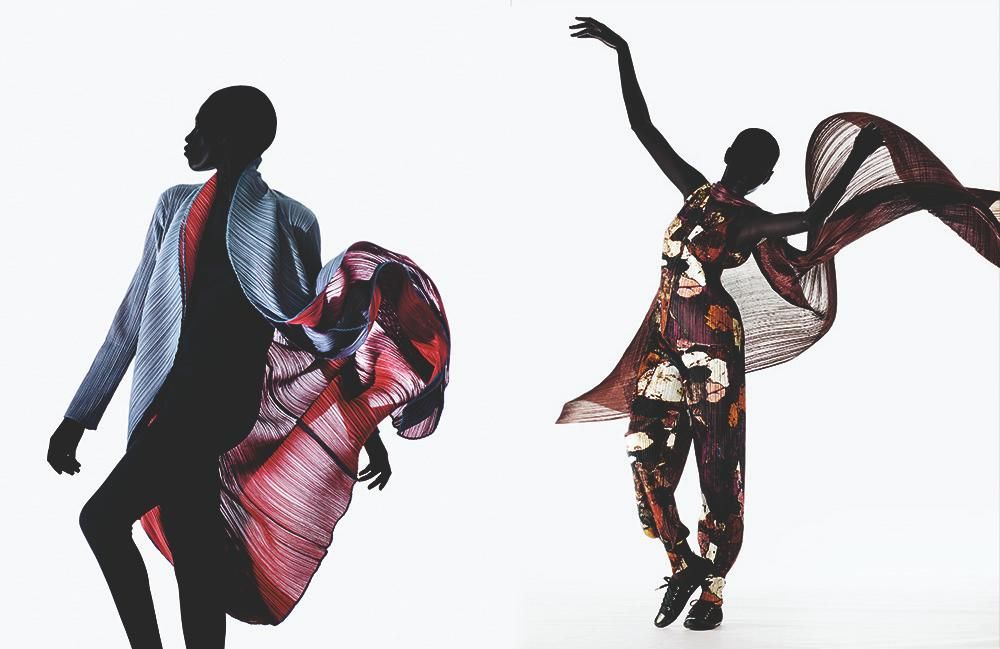
His vision for making clothing? To ‘reflect and address the way people live today’. Polyester is ‘elegant yet versatile…easy to care for, store, and travel with…and results in clothing that is well suited to the needs of a modern lifestyle’
(3)Source: Miyake Design Studio, Main Lines, 2018.
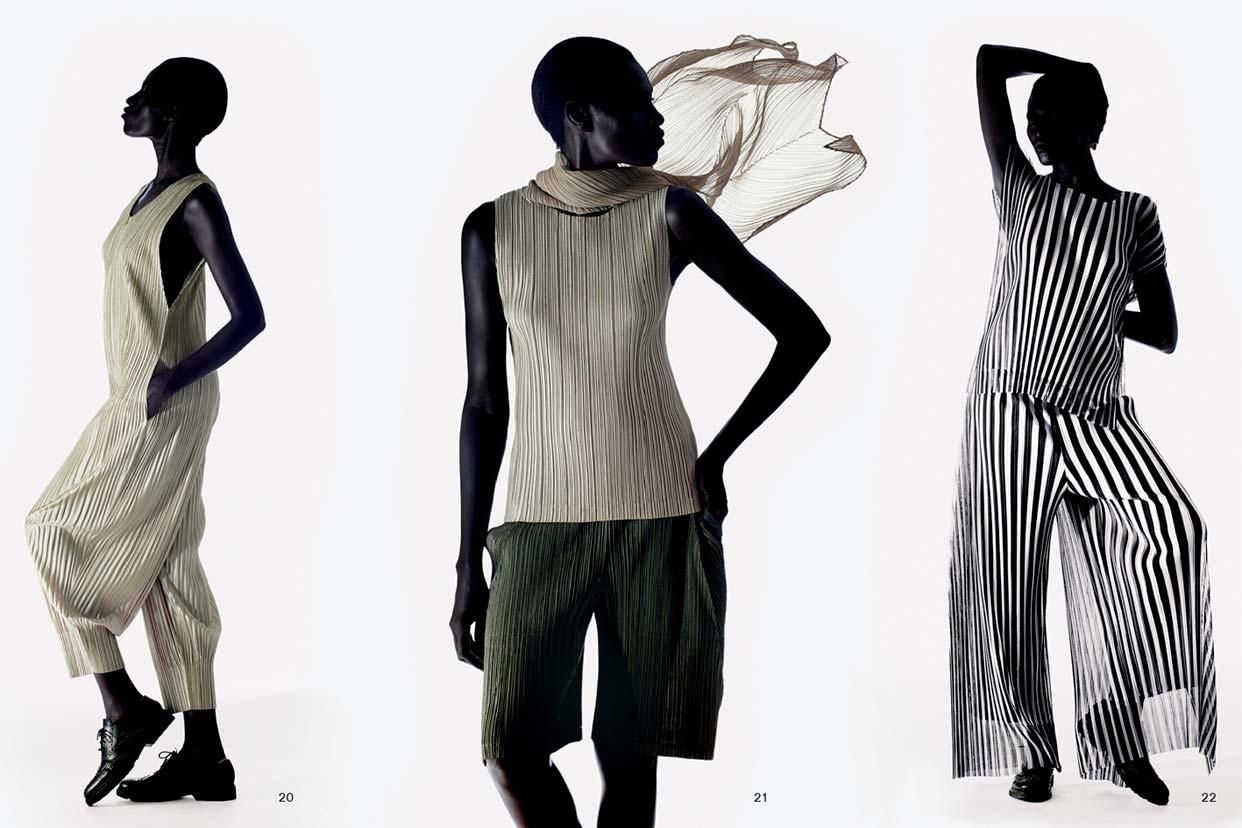
Changing consumer tastes are also accountable. We can do this dozens of times a day. Our thoughts constantly running on a frenzy. Do we like this? Yes. Wait no. Yes maybe. Our taste buds too, have come a long way since the colour-vibing and colour-blocking 80’s. With key players in high-end fashion opting for clothing lines made from upscaled man-made fibres, we see a boost in performance fabrics for the comfort-luxe lifestyle that’s trendsetting at the moment. Recycling also gets a little fashionable. We see companies like Patagonia show their tastes are just that little bit different. From organically grown cotton, to hemp, to recycled polyester, they use low intensity manufacturing processes and sustainably-grown materials that don’t compromise on quality and are less harmful to the earth. Pioneering turning ‘trash into fleece’ within their outdoor activewear, they were able to transform their R2 Jacket out of 60% recycled polyester. What does that mean? Saving 135 litres of water. Enough to meet the daily needs (3 glasses a day) of 45 people!
Read Also: GlamCorner partners with Australian Red Cross for Earth Month
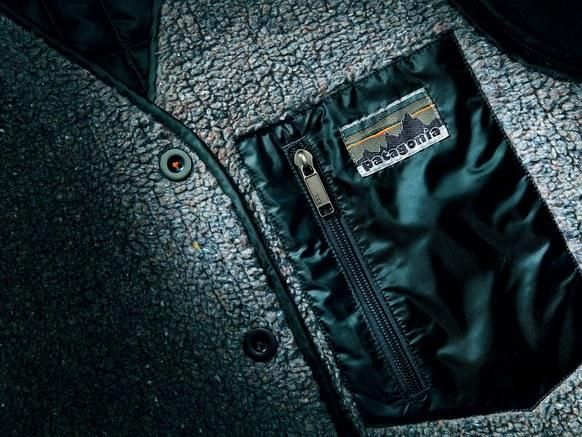
Do you have any polyester?
Synthetically speaking, much has definitely changed about man-made fabrics. Not only has Patagonia saved an excess of 86 million plastic bottles from landfill since 1993, but polyester recycling efforts have reduced our dependence on petroleum extraction and closing the loop for discarded harmful wastes. Maybe it hasn’t changed so much to the point where a customer will come into a boutique and ask explicitly for polyester, but at least no one recoils in horror from this fabric option. As consumers, we are constantly bombarded with the newest and freshest trends off the media runway. Are we one to stick to garments made with certain credentials? When we usually end up with something else after we go to the shops with one thing in mind? With the possibilities so great for fabric to be generated from milk, seaweed and even grown from bacteria! Dr Suzanne Lee offers a possible replacement of cotton fields with more efficient bacteria vats as she grows a sheet of cellulose in hours from a bacteria called ‘acetobacter xylinum’. Carole Collet also manages to kill two birds with one stone as she fashions fabric through harvesting fruits in Biolace. Are you game to eat from the fruits of this tree?
Making it last
New wardrobe. New attitude. Fashion, we have learnt, can be seen as the most influential medium in the world. Have you ever lost your favourite top, and for that brief moment in time, didn’t know who you were? Arguably, clothes have a way of affecting our emotions, as well as the choices we make. Style experts Kate Nightingale and Lisa Showman talk through the psychological reasons for why we wear the clothes we wear.

For some it could be dependent on jobs, a minor identity crisis, or it could be the near-exposure effect. It might be a case of you dressing as your friends, or maybe you’re on the same fashion wavelength as us? Wanting to learn how to balance your love of fashion with conscious consumption?
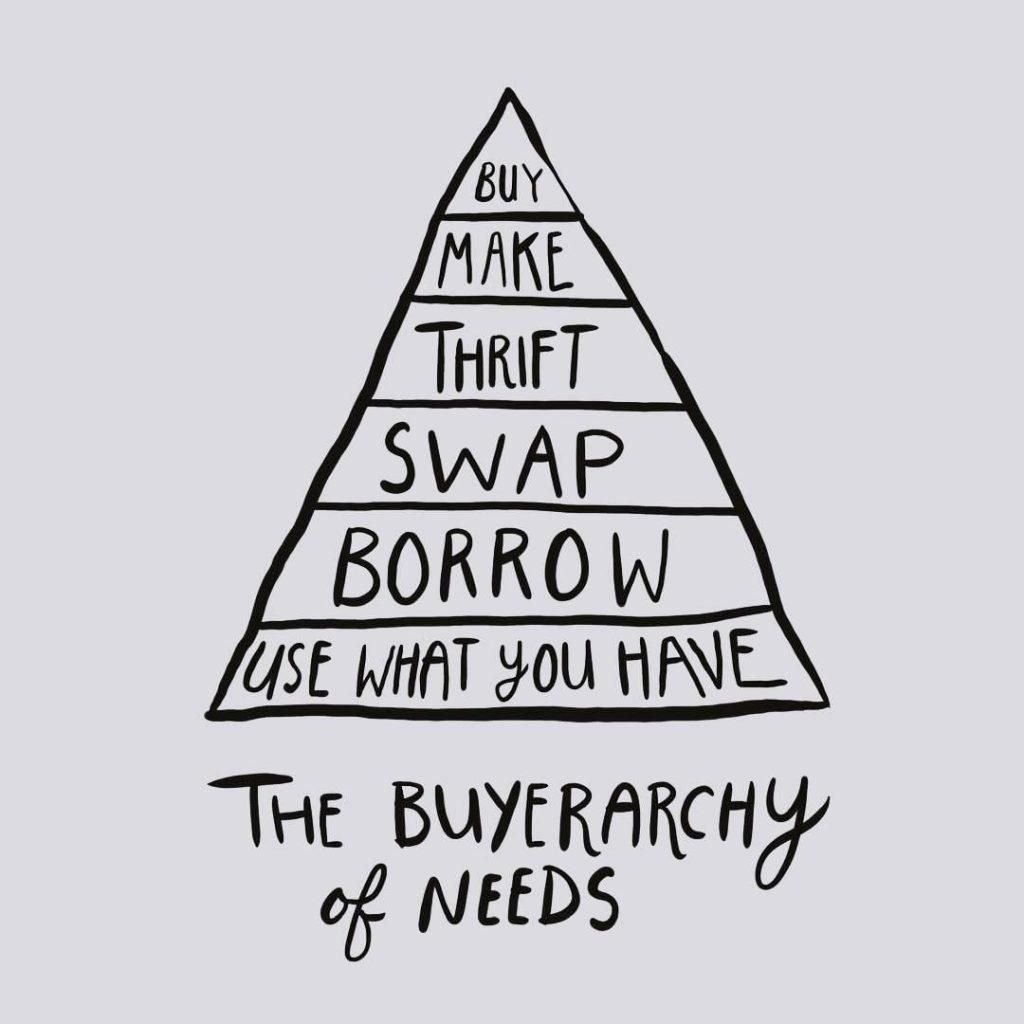
When it comes to materials, we recommend taking a moderate approach. Life definitely has a natural tendency to become filled with more. You bought a new silk dress? Now you need to buy the right shoes and earrings to match. We normally want things we don’t need. Do you really need that? Well our natural inclination is always to accumulate, add and upgrade – to increase our social value. Rarely do we look to do the opposite. To simplify, eliminate, downgrade and reduce doesn’t come as easy. But fear not! You see, fashion is a vehicle for transformation, a creative and expressive opportunity to reinvent the ways of the past. The goal is to be more aware of the ways in which our material decisions matter in places far beyond our walls.
See the ‘buyerarchy of needs’ above? As a business, we at GlamCorner work to give textiles a second, third, fourth life by reducing and reusing, in particular through considering the durability and wear of textiles . And as conscious consumers we have the power to shape our decisions. There is a connection here between fashion and human culture. It takes a group effort from retailers, suppliers and organisations to make a change. First, it’s worth figuring out what YOU like, rather than what others like. Just like every textile has its own voice and impact. We are able to optimise our life through focusing on the things that matter. Just remember for whatever route you choose, every small change counts. What will your next steps be?

References:
.png)
